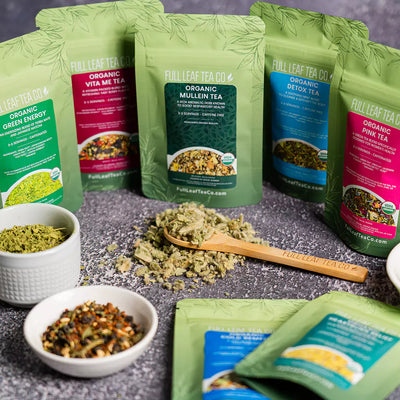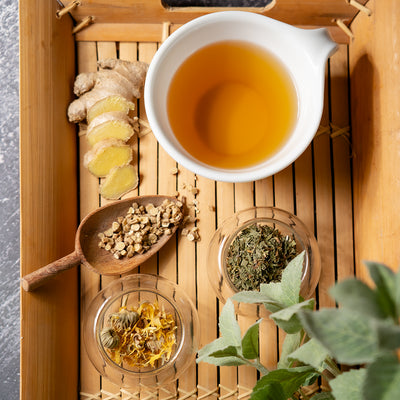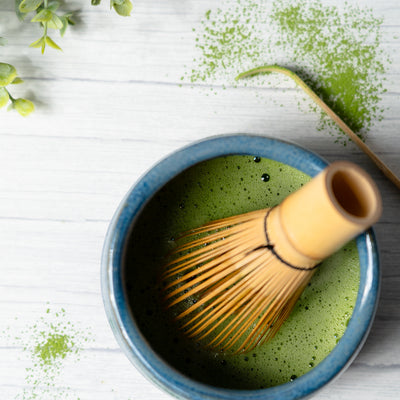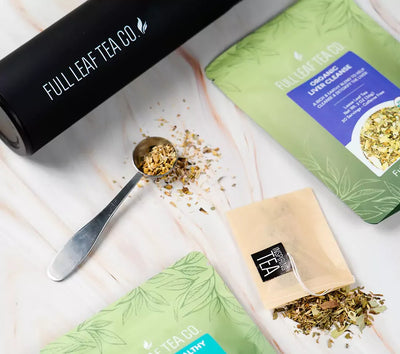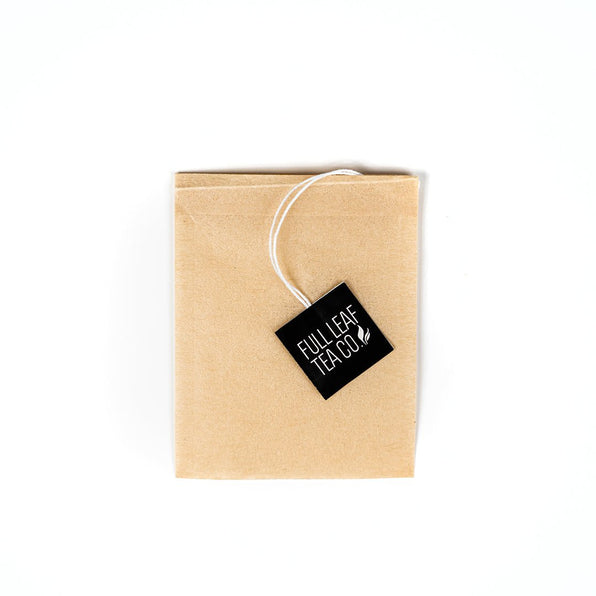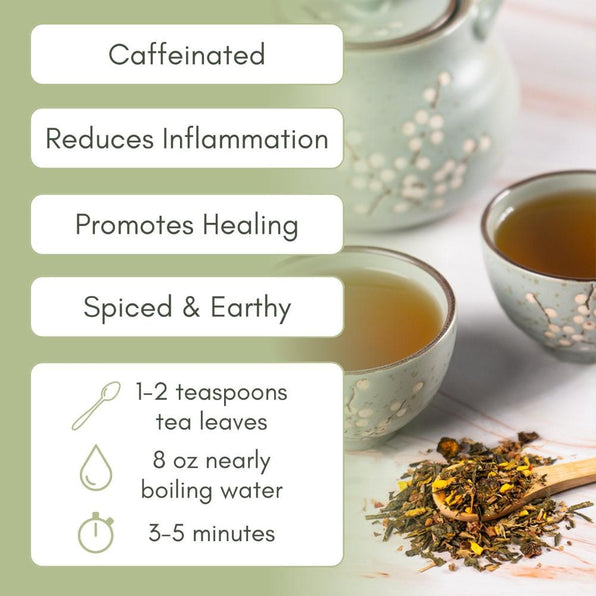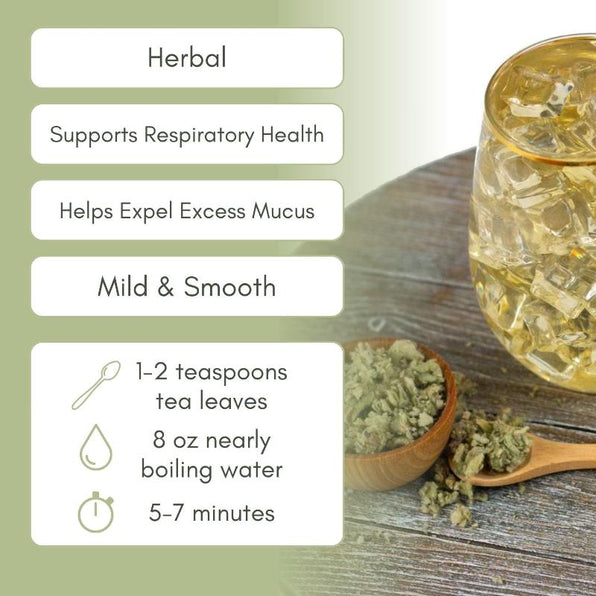The Top 7 Herbs for Natural Pain Relief and Why They Work

Pain is an unfortunate part of life, whether it’s caused by chronic conditions, injuries, or everyday aches. While over-the-counter medications provide quick relief, many people seek natural alternatives to support long-term wellness.
Herbal remedies have been used for centuries to manage pain, offering anti-inflammatory, analgesic, and muscle-relaxing properties.
In this guide, we’ll explore seven powerful herbs that may help relieve pain naturally.
The History of Herbs in Pain Relief
For thousands of years, civilizations across the world have turned to herbal medicine to alleviate pain. Ancient Egyptians documented the use of willow bark, a natural source of salicin, the compound later synthesized into aspirin (Mahdi et al. 103).
Traditional Chinese Medicine has long relied on herbs like ginger and turmeric to reduce inflammation and promote healing (Zhu et al. 215). Indigenous cultures in North America used wild lettuce as a natural sedative, while African and Indian herbalists valued devil’s claw for its ability to ease joint discomfort (Nguyen and Blumberg 782).
Today, modern research is uncovering the science behind these time-tested remedies, confirming their potential in pain management.
Let's explore the benefits of herbs!
Organic Wild Lettuce
Often called “nature’s opium,” wild lettuce contains lactucarium, a compound known for its mild sedative and analgesic effects.
Historically, it was used as a pain-relieving tea or tincture to ease headaches, muscle pain, and even menstrual cramps (Mills and Bone 276).
Research suggests that wild lettuce may interact with opioid receptors, helping to modulate pain without the addictive properties of synthetic opioids (Smith et al. 148).

Organic Mullein
Mullein is best known for its respiratory benefits, but it also contains anti-inflammatory compounds that may relieve joint and muscle pain.
Studies show that mullein’s saponins and flavonoids help reduce swelling, making it useful for arthritis and sore muscles (Bisset 132).
It is often consumed as a tea or applied topically as an infused oil to soothe aches.

Organic Turmeric
Turmeric is a powerhouse herb for pain relief, primarily due to its active compound, curcumin.
Curcumin has been extensively studied for its anti-inflammatory and antioxidant effects, which may help alleviate arthritis, muscle soreness, and nerve pain (Gupta et al. 91).
Pairing turmeric with black pepper enhances absorption, making it even more effective.

Organic Ginger Root
Ginger is well known for its digestive benefits, but it’s also a potent natural pain reliever.
Studies show that ginger’s gingerols and shogaols can reduce pain and stiffness in people with osteoarthritis and muscle soreness (Black et al. 332).
Drinking ginger tea or adding it to meals can provide consistent anti-inflammatory benefits.

Organic Black Pepper
Black pepper might not be the first herb that comes to mind for pain relief, but it plays a crucial role in enhancing the effects of other herbs, particularly turmeric.
Piperine, the active compound in black pepper, increases the bioavailability of curcumin by up to 2000% (Shoba et al. 255).
Additionally, black pepper itself has analgesic properties and may help reduce nerve pain.

Organic Lemongrass
Lemongrass is a refreshing herb with natural pain-relieving properties.
It contains citral, a compound known for its anti-inflammatory effects, making it useful for headaches, muscle pain, and menstrual cramps (Hajhashemi et al. 78).
Drinking lemongrass tea or using it in aromatherapy can help promote relaxation and ease discomfort.

Organic Devil's Claw
Devil’s claw is a traditional African herb widely used for managing chronic pain, especially in conditions like arthritis and lower back pain.
The iridoid glycosides in devil’s claw have been shown to reduce inflammation and improve mobility (Chrubasik et al. 27).
Studies suggest it may be as effective as some NSAIDs in relieving pain without the same gastrointestinal side effects.

Organic Pain Relief Tea
This tea combines seven powerful herbs known for their natural pain-relieving properties, making it a go-to choice for those seeking soothing relief.
This blend has become a customer favorite for easing discomfort, reducing inflammation, and promoting overall well-being.
Give your body the care it deserves with this comforting and earthy tea, packed with organic ingredients that support pain relief, relaxation, and vitality. A natural way to feel your best every day!
Herbal remedies offer a natural and effective way to manage pain, whether you’re dealing with chronic conditions or occasional discomfort.
From the sedative effects of wild lettuce to the powerful anti-inflammatory properties of turmeric and devil’s claw, these seven herbs provide a holistic approach to pain relief.
As with any natural remedy, it’s essential to consult a healthcare provider before incorporating new herbs into your routine, especially if you’re taking medications. By turning to nature’s healing power, you can support your body’s well-being in a gentle, sustainable way.
Resources
- Bisset, Norman G. Herbal Drugs and Phytopharmaceuticals. CRC Press, 1994.
- Black, Christopher D., et al. “Effects of Ginger Supplementation on Muscle Pain and Inflammation.” The Journal of Pain, vol. 11, no. 9, 2010, pp. 332–341.
- Chrubasik, S., et al. “Effectiveness of Harpagophytum Extracts in the Treatment of Lower Back Pain.” The Spine Journal, vol. 3, no. 27, 2003, pp. 27–35.
- Gupta, Subash C., et al. “Therapeutic Roles of Curcumin: Lessons Learned from Clinical Trials.” AAPS Journal, vol. 15, no. 1, 2013, pp. 91–111.
- Hajhashemi, V., et al. “Analgesic and Anti-Inflammatory Effects of the Essential Oils of Cymbopogon citratus (Lemongrass).” Phytotherapy Research, vol. 24, no. 1, 2010, pp. 78–83.
- Mahdi, J. G., et al. “Willow Bark Extract and Its Use in Medicine.” Phytotherapy Research, vol. 20, no. 2, 2006, pp. 103–109.
- Mills, Simon, and Kerry Bone. Principles and Practice of Phytotherapy: Modern Herbal Medicine. Churchill Livingstone, 2013.
- Nguyen, Quan T., and Jeffrey Blumberg. “Herbal Remedies in Historical Context.” Herbal Medicine Journal, vol. 5, no. 3, 2018, pp. 782–789.
- Shoba, G., et al. “Influence of Piperine on the Pharmacokinetics of Curcumin in Animals and Human Volunteers.” Planta Medica, vol. 64, no. 4, 1998, pp. 255–258.
- Smith, Daniel F., et al. “Analgesic Properties of Lactucarium Extract.” Journal of Ethnopharmacology, vol. 102, no. 2, 2005, pp. 148–154.
- Zhu, M., et al. “Traditional Chinese Medicine for Pain Management.” Chinese Medicine Journal, vol. 9, no. 4, 2017, pp. 215–225.

